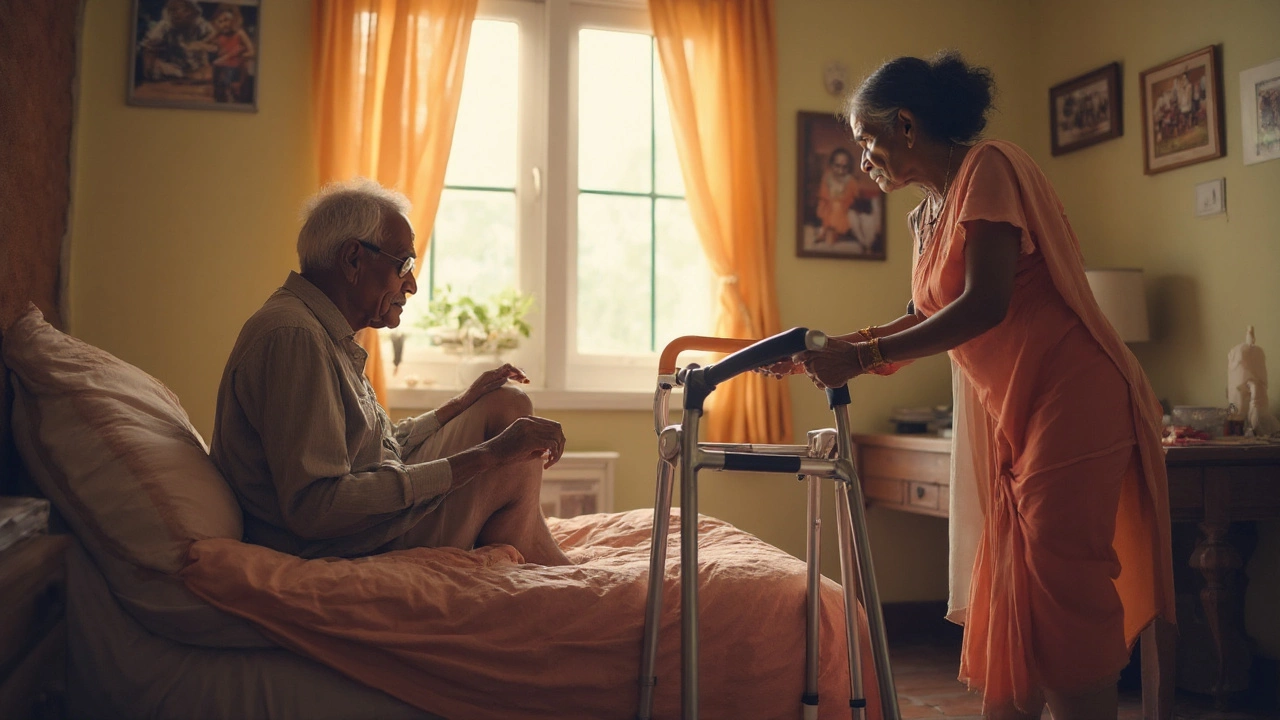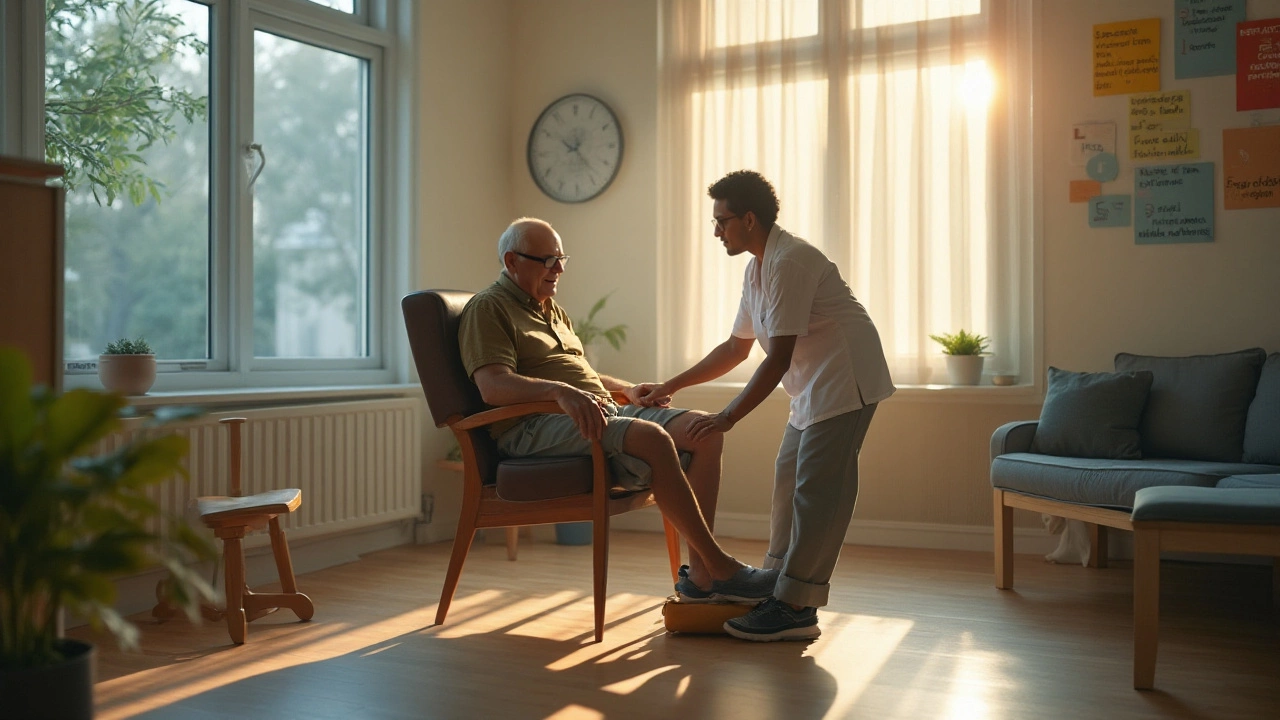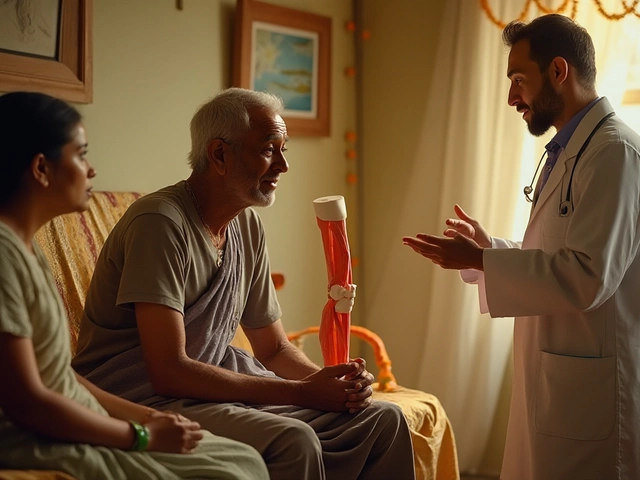Knee Replacement Recovery – What You Need to Know
When planning Knee Replacement Recovery, the journey of healing after a total knee arthroplasty. Also known as TKR recovery, it combines physiotherapy, pain management, and daily habit changes to restore joint function.
One of the biggest roadblocks you’ll face is Knee Stiffness, the reduced range of motion that can linger weeks or months after surgery. This stiffness often stems from scar tissue, swelling, or underused muscles. Addressing it early with gentle stretching and guided exercises can dramatically cut down recovery time. Another crucial piece is Driving After Knee Surgery, the assessment of when it’s safe to get back behind the wheel. Legal guidelines and personal comfort both matter, and most surgeons suggest a minimum of two weeks, but the exact timeline depends on pain level, range of motion, and ability to operate pedals safely.
How Medication, Rehab, and Lifestyle Fit Together
Medication plays a supportive role. Orthopedic swelling medication such as NSAIDs or prescribed corticosteroid injections helps control inflammation, which in turn reduces stiffness. However, medication alone won’t fix mobility; you still need structured Post‑Surgery Rehabilitation, a program of physical therapy, strength training, and functional drills to rebuild the quadriceps, hamstrings, and surrounding support muscles. The rehab protocol typically starts with gentle range‑of‑motion exercises the day after surgery, progresses to weight‑bearing activities within a week, and ramps up to balance and gait training by weeks three to six.
These three pillars—medication, rehab, and safe daily activities—create a feedback loop. Reduced swelling lets you move more comfortably, which encourages stronger muscles, which further decreases joint stress and swelling. Ignoring any one of these elements can stall progress and keep you stuck in a cycle of pain and limited motion.
Beyond the clinical aspects, everyday habits matter a lot. Keeping a healthy weight lessens load on the new joint, while a balanced diet rich in protein and vitamin D supports tissue repair. Simple adjustments like using a raised toilet seat, avoiding deep‑kneeling positions, and planning short, frequent walks can keep you moving without overloading the knee.
Now that we’ve covered the main pieces—stiffness management, driving timelines, swelling medication, and rehab strategies—you’re ready to dive deeper. Below you’ll find a curated list of articles that break each topic down into actionable steps, share real‑world experiences, and answer common questions you might have during your knee replacement recovery journey.

Hardest Part of Knee Replacement Recovery: Overcoming Pain, Mobility, and Emotional Hurdles
Knee replacement recovery isn't just about pain. Discover the toughest roadblocks, why mobility feels impossible at first, and get real-world tips to push through.
read more
Understanding Post-Knee Replacement Stiffness: Recovery Timeline and Tips
Recovering from knee replacement surgery includes dealing with stiffness, a common issue for many patients. This article breaks down the typical recovery timeline, offering practical advice on managing stiffness and understanding the factors that influence recovery speed. Discover tips to help ease the transition and regain mobility effectively. Stay informed to set realistic recovery expectations and improve your rehabilitation experience.
read more



